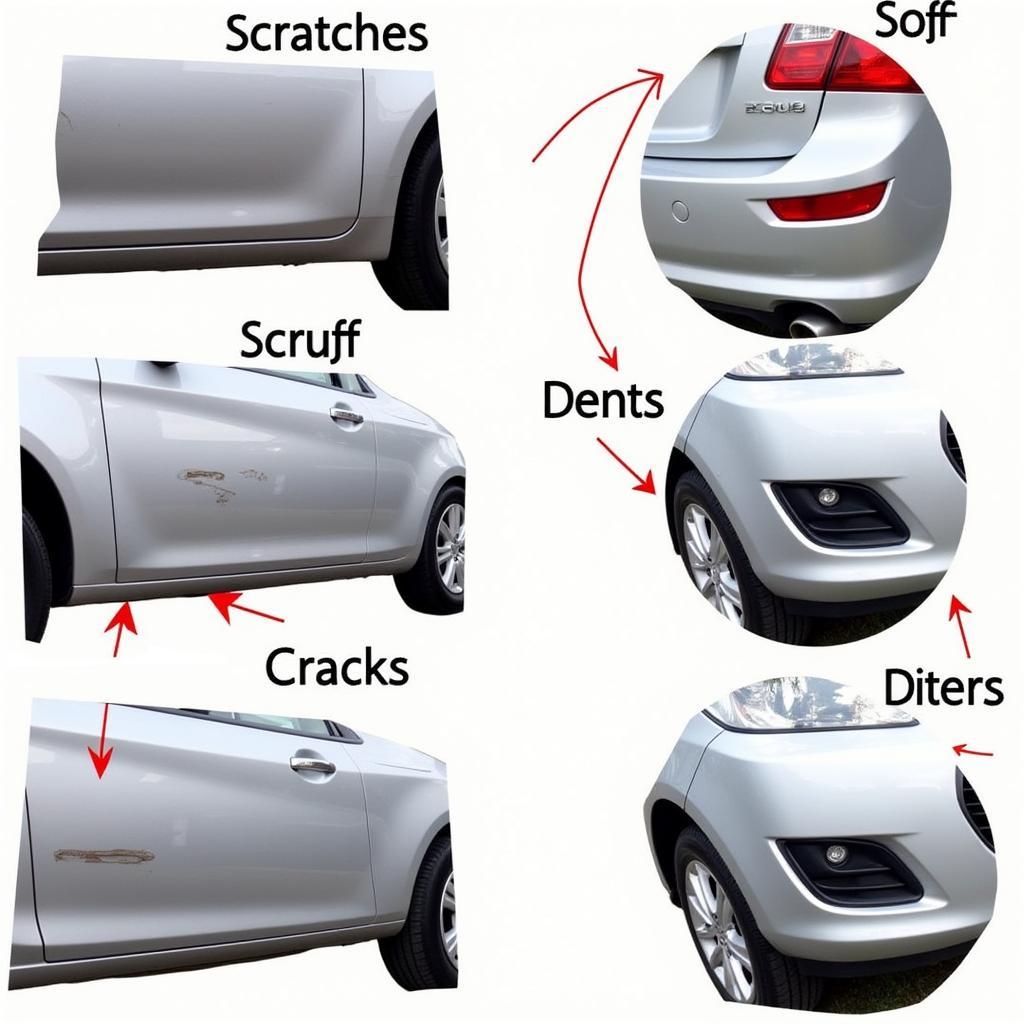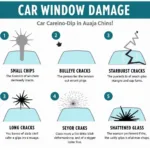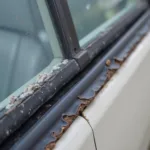Car bumper repair is an essential aspect of vehicle maintenance. Whether it’s a minor scratch or a major dent, understanding the repair process, costs, and DIY options can save you time and money. This guide provides a comprehensive overview of everything you need to know about car bumper repair.
Understanding Car Bumper Damage
Car bumpers are designed to absorb impact and protect your vehicle in low-speed collisions. However, they are susceptible to damage from various sources, including minor accidents, parking mishaps, and even road debris. Understanding the extent of the damage is crucial for determining the appropriate repair method.
Types of Bumper Damage
Bumper damage ranges from minor cosmetic imperfections to structural issues requiring professional attention. Some common types of damage include:
- Scratches: Superficial damage affecting the paint layer.
- Scuffs: Deeper scratches that penetrate the paint and expose the underlying plastic.
- Dents: Deformations in the bumper’s shape, often caused by impacts.
- Cracks: Breaks in the bumper material, usually resulting from more significant collisions.
- Tears: Rips or separations in the bumper cover.
Assessing the severity of the damage will help you determine whether a DIY repair is feasible or if professional assistance is necessary.
DIY Car Bumper Repair: When and How?
Minor scratches and scuffs can often be addressed with DIY repair kits available at most auto parts stores. These kits typically include fillers, primers, and paint to match your car’s color.
Steps for DIY Bumper Repair
- Clean the Damaged Area: Thoroughly clean the affected area with soap and water, then degrease it with rubbing alcohol.
- Sand the Damaged Area: Use sandpaper to smooth out any rough edges and prepare the surface for filler application.
- Apply Filler: Carefully apply the filler to the damaged area, ensuring it fills the scratch or scuff completely.
- Sand the Filler: After the filler dries, sand it down until it’s flush with the surrounding bumper surface.
- Apply Primer: Apply a thin coat of primer to the repaired area to create a smooth base for the paint.
- Paint the Repaired Area: Apply several thin coats of paint, allowing each coat to dry before applying the next.
- Apply Clear Coat (Optional): For added protection and shine, apply a clear coat after the paint has dried completely.
DIY repairs are cost-effective for minor damage. However, for more extensive damage, consulting a professional is recommended.
Professional Car Bumper Repair: When to Seek Expert Help
For significant dents, cracks, or tears, professional car bumper repair is essential. Professionals have the expertise, tools, and experience to restore your bumper to its pre-damaged condition.
Benefits of Professional Car Bumper Repair
- Expertise: Professionals can accurately assess the damage and determine the most appropriate repair method.
- Quality Repairs: They use high-quality materials and advanced techniques to ensure a durable and seamless repair.
- Color Matching: Professionals can precisely match the paint color to your car’s original finish.
- Time-Saving: Professional repairs are typically faster than DIY attempts, especially for complex damage.
Car Bumper Repair Cost: What to Expect
The cost of car bumper repair varies depending on the extent of the damage, the type of repair required, and the labor rates in your area. Minor repairs can cost as little as $100, while more extensive repairs can range from $500 to $1,500 or more.
“Getting a professional estimate is crucial before proceeding with any repair. This helps you understand the cost breakdown and avoid any surprises,” advises John Smith, Senior Automotive Technician at Auto Experts Inc.
Conclusion: Ensuring a Seamless Car Bumper Repair
Car bumper repair is an important aspect of vehicle maintenance. From minor scratches to major dents, understanding your options, costs, and DIY possibilities can help you make informed decisions. Whether you choose a DIY approach or seek professional assistance, ensuring a seamless repair restores your car’s appearance and protects its value. Remember to get an estimate before any repair, especially if you decide to hire a professional.
FAQ
- Can I repair a cracked bumper myself? While minor cracks can sometimes be repaired with DIY kits, larger cracks often require professional attention.
- How long does it take to repair a car bumper? Repair times vary depending on the damage, but minor repairs can often be completed within a few hours.
- How can I prevent bumper damage? Careful parking, avoiding low-hanging obstacles, and maintaining a safe following distance can help prevent bumper damage.
- What is the best type of paint to use for car bumper repair? Use automotive paint specifically designed for plastic bumpers to ensure proper adhesion and durability.
- Is it necessary to use a primer before painting a repaired bumper? Yes, using a primer creates a smooth surface for the paint and ensures better color coverage.
- How do I choose the right car bumper repair kit? Select a kit designed for the specific type of damage you’re repairing, such as scratches, scuffs, or dents.
- When should I replace a bumper instead of repairing it? If the damage is extensive and the cost of repair exceeds the value of the bumper, replacement might be a more cost-effective option.
“Regular inspections of your bumper can help identify minor damage early on, preventing it from becoming more severe and costly to repair,” adds Maria Garcia, Lead Collision Repair Specialist at Precision Auto Body.
For further assistance with car diagnostics and repairs, please contact us via WhatsApp: +1(641)206-8880 or email us at [email protected]. We have a dedicated customer support team available 24/7 to assist you with any inquiries.



